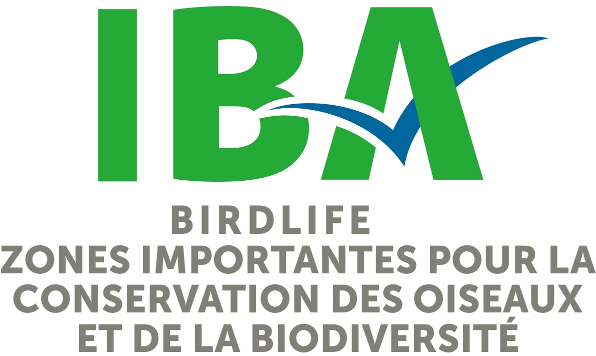Banks Island Migratory Bird Sanctuary (NT017)
Western Banks Island, Territoires-du-Nord-Ouest
Description du site
Banks Island Migratory Bird Sanctuary is located in the western Arctic, on the southwestern side of Banks Island, bordering the Beaufort Sea. The terrain is composed of low rolling hills divided by a series of rivers flowing into the Beaufort Sea. Many of the main rivers flow through broad valleys of gravel, sand, and swampy tundra with shallow ponds, before broadening into deltas as they reach the coast. Most of these valleys are well-vegetated, with grassy marshes in the flatter regions, flowering plants on the drier slopes, and barren hilltops. Between December and July there is also an area of open water amidst the sea ice off the western coast of Banks Island.
Egg River enters the wide shallow braided channel of the Big River 30 km in from the coast. It is at this confluence where the largest Lesser Snow Goose breeding colony in the western Arctic can be found. The site is also important for Polar Bears, which concentrate their maternity dens along these coasts. In addition, many Arctic Fox den in this area, Muskoxen are numerous, and the major winter range of the Banks Island Peary Caribou occurs here.
Oiseaux
The Snow Goose colony at Egg River, like most across the arctic, has more than doubled in size over the last decade or so. The most recent estimate, in 1995, shows that 479,500 geese nested in the vicinity of the Egg River, as compared to 196,500 in 1987 (in a 109 km² area) and 165,000 in 1979 (in a 605 km² area). The Egg River is the main breeding location of the Western Central Flyway population of Lesser Snow Goose (those that breed from Alaska to Banks Island), thus more than 95% of this population nest here. Also, this number is equivalent to about 10% of the global Snow Goose population.
As many as 3,000 Black Brant have nested in the deltas and small lakes along this coast (2% of this population), and thousands of Oldsquaw and King Eider also nest in the area. Although there are no data to confirm the population size, around 100,000 King Eiders may nest here (this would equal 5-10% of the national population). In spring, King and Common eiders use this site as a staging area. In addition, Sabines Gulls, Glaucous Gulls, and Red Phalaropes breed in large numbers, while Sandhill Cranes and Tundra Swans are also common.
Enjeux de conservation
Lesser Snow Goose breeding grounds are susceptible to physical disturbance, as the alteration of natural drainage patterns or the thawing of permafrost can easily damage the shallow ground cover. Previously most of the island underwent seismic exploration, and several wells were drilled in northern areas. Potential exists for further activity within the site.
This site is protected under the Federal Bird Sanctuary designation. The boundaries of Banks Island Bird Sanctuary No. 1 correspond to the IBA boundaries for this site, and include the entire Lesser Snow Goose breeding colony. This site is listed as a Key Habitat Site for migrating birds in the Northwest Territories, as well as a significant site under the International Biological Programme (IBP). Though no special regulatory measures exist with the IBP designation, it serves to emphasize the ecological importance of the area.
Measures are being taken to reduce the Lesser Snow Goose populations to prevent the extensive overgrazing of the lowland habitat that occurred near the Hudson and James Bay coasts. The Canadian Wildlife Service has conducted a review and analysis of population data at this site to determine what steps are necessary to stabilize the population and prevent overgrazing. Lesser Snow Geese are currently harvested in all four flyways, and the total 1998 Canadian harvest increased by 64% from 1997.
Catégories ZICO Habitats Usages Menaces Potencielles ou Existantes Status de Protection

